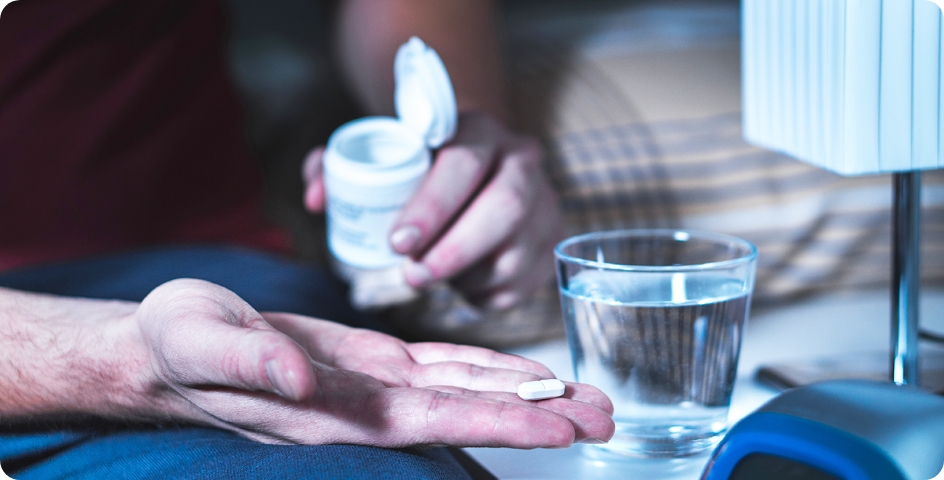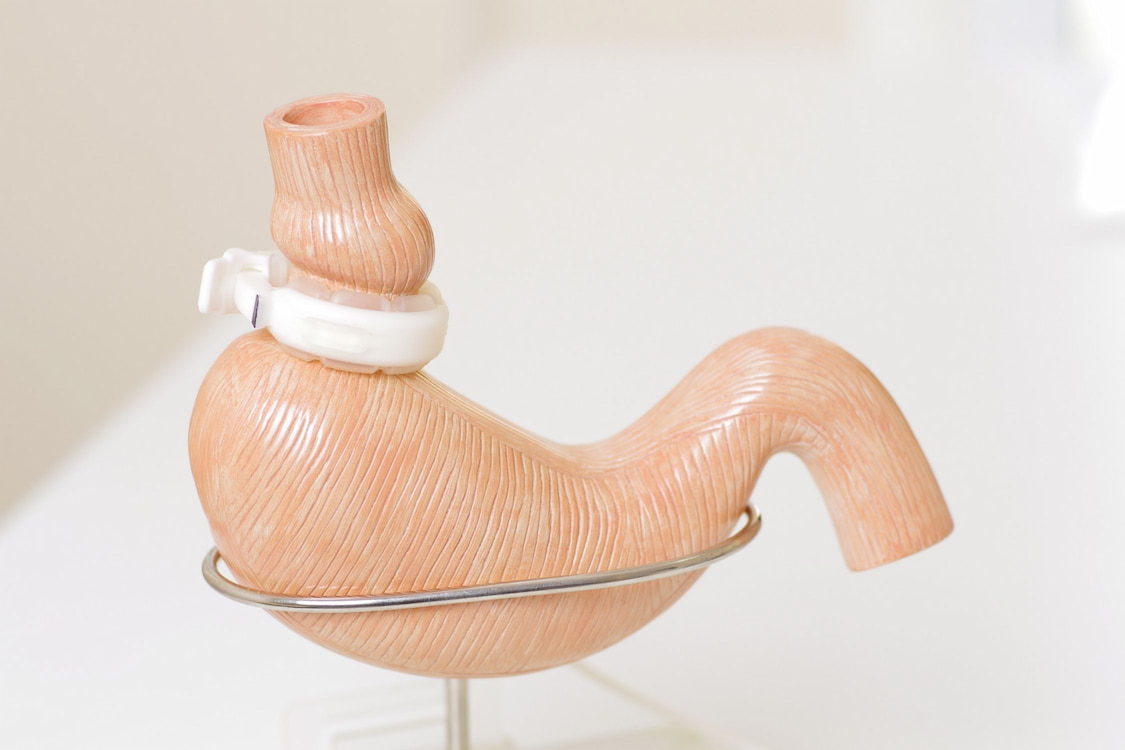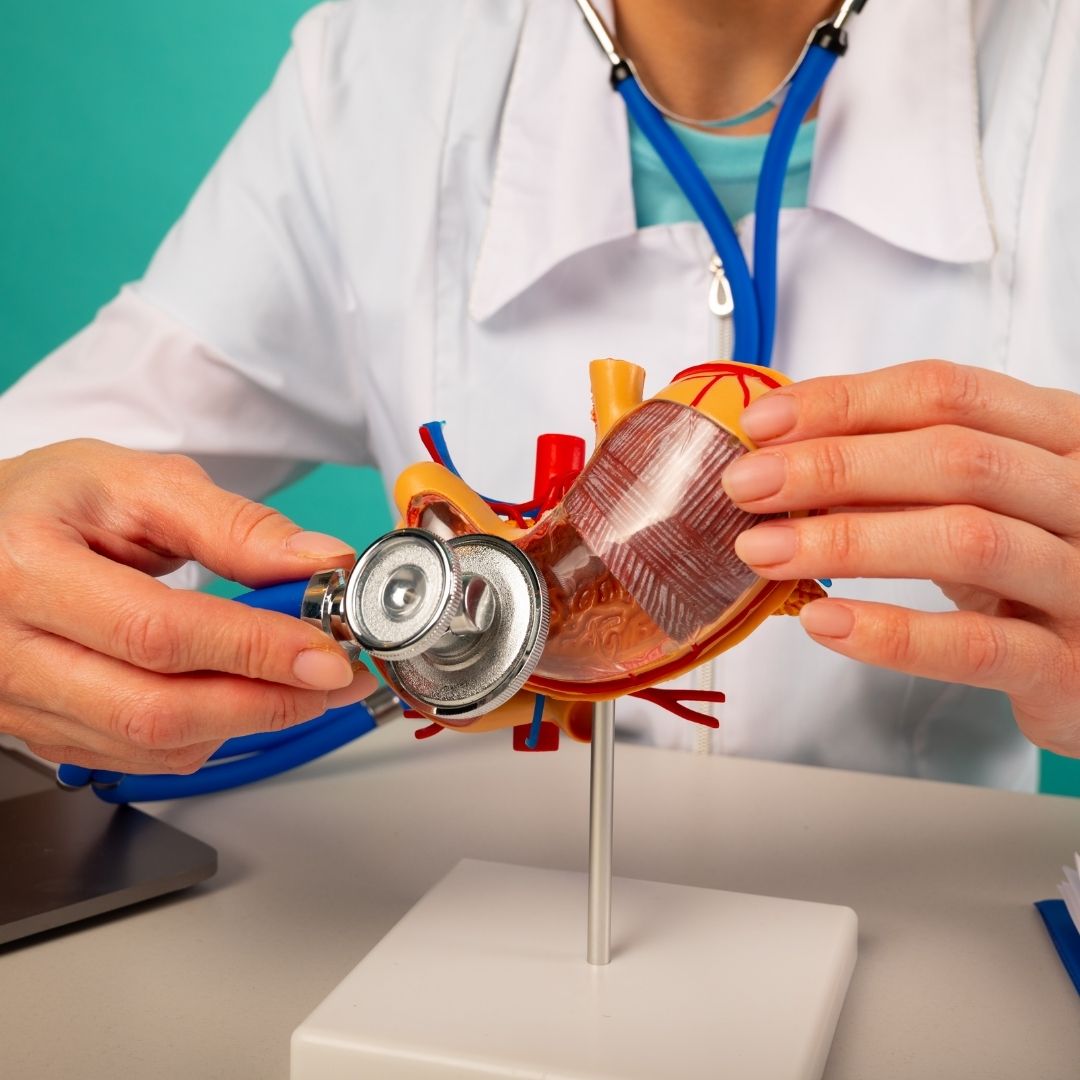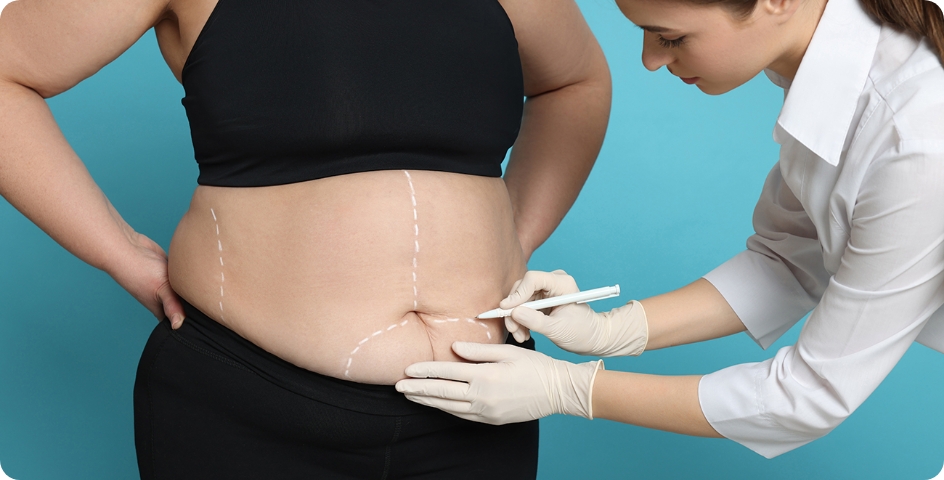
Gastric Sleeve Scars
Gastric sleeve scars are small incisions formed in the patient’s abdominal region after surgery performed by the laparoscopic method. Having the operation with this method means your surgeon inserts the equipment into the stomach through these small incisions. After the operation, mini-surgical scars remain in certain parts of the patient’s abdomen. Still, some patients dislike gastric sleeve scars and desire them to fade away as soon as possible.
Your surgeon creates one to five incisions in the abdominal area to perform gastric sleeve surgery. The number of incisions will vary depending on the method preferred by your bariatric surgeon. The procedure is performed with the help of open incisions.
While scars after gastric sleeve surgery in turkey are evident in the first months after the operation, they are recoverable over time, and what will be left of scars is just some unclear points. It is possible to minimize these gastric sleeve scars with enough attention and proper treatments so that your skin recovery process increases.

What Causes Gastric Sleeve Scars?
When an incision is made in the skin, unfortunately, scarring is inevitable. Scars are a consequence of our body’s natural healing procedure and when we are cut or injured it starts forming new collagen to repair the wound. This healed skin has a different color and tissue than the older skin that surrounds it. A gastric sleeve scar that results from surgery is affected by how intrusive the operation is, genetics, the patient’s age, and how well they attention to their incisions as they heal. Younger patients sometimes have scars that heal unevenly because they have a higher rate of collagen production.
Types of Gastric Sleeve Scars
The type of gastric sleeve scars varies according to the surgical method to be used in your surgery.

Single-Incision Laparoscopic Procedure
If it’s performed through a single-incision laparoscopic procedure you will have one tiny scar hidden in your belly button. The “virtually scarless” single-incision laparoscopic technique is quickly gaining popularity and common, but many bariatric surgeons still do not perform it due to not having the proper devices or training.
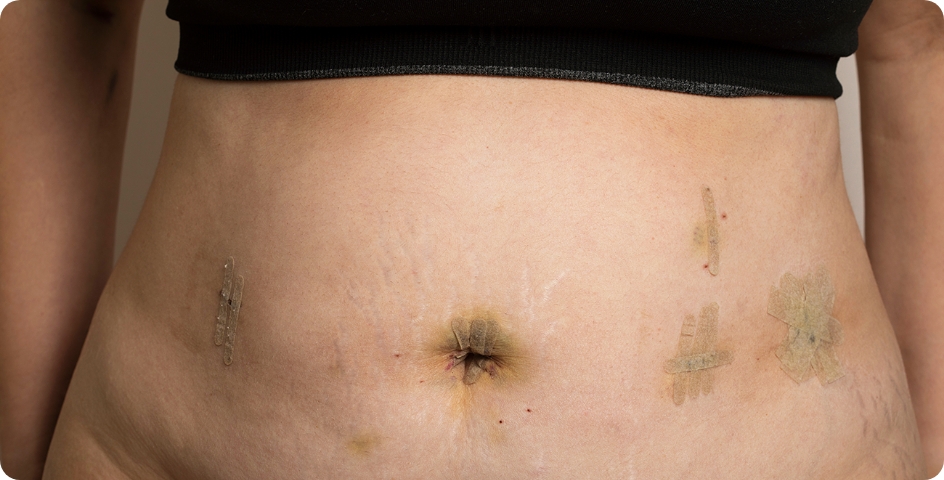
Multiport Laparoscopic Surgery Method
A less invasive multiport laparoscopic method came into use in the 1990s that inserts surgical devices into 3 to 5 small abdominal incisions across the middle and upper abdomen. This method is still commonly used and is very effective at minimizing gastric sleeve scars and the risk of complications.
Open Surgery
If open surgery is required, it means that the patient will have a large scar on the abdomen. This procedure is usually performed only in emergency cases that occur during surgery.
Gastric Sleeve Scars Before and After
The main procedure option for Gastric Sleeve scars, as with any type of scar, is to remove the affected texture via operation. This is especially effective in removing the most austere abdominal scars. This procedure is also useful when a wound is formed on a small site because of a pre-existing medical condition. In such cases, a tummy tuck can be performed to remove the wound and give patients a much healthier abdomen. Depending on how much of the abdominal skin is removed, the scar will look more natural and may improve faster than if the skin was left untouched.
Gastric sleeve scars are minimally invasive and generally carry minimal results. Since the surgical incision is so tiny, there are few risks of complications. Scars resulting from surgery are easily hidden using makeup so that patients should not have such a concern as a bad image. In addition, scarring from any type of gastric sleeve surgery does not mean that a patient cannot have a normal life because of their physical condition before the surgery. Gastric sleeve scars are the least of danger to these people since they can eat and drink normally just like everyone else.
It is important to get an image before going in for any form of gastric surgery so that you can set yourself up for what is to come. This means that if you are a patient who has had gastric surgery performed before, make sure you consult a specialist cosmetic surgeon who is well qualified in this field. This image source will display what the surgery will entail as well as give you a lifelike idea of the time it will take to heal and minimize scarring. This information will help you speak with your specialist surgeon about any concerns that you might have about the procedure, including what you should expect after the gastric sleeve surgery. It is important to get an image before going in for any form of gastric surgery so that you can set yourself up for what is to come. This means that if you are a patient who has had gastric surgery performed before, make sure you consult a specialist cosmetic surgeon who is well qualified in this field. This image source will display what the surgery will entail as well as give you a lifelike idea of the time it will take to heal and minimize scarring. This information will help you speak with your specialist surgeon about any concerns that you might have about the procedure, including what you should expect after the gastric sleeve surgery.
How to Minimize Gastric Sleeve Scars?
The best way to escape excessive scarring is to follow all suggested guidelines provided by your gastric sleeve surgeon. These will be described during your initial consultation. You will be given a detailed list of post-operative instructions on the day of your gastric sleeve operation. But still, we will talk about a few general rules below;
You should take good care of your incisions. Never pick or scratch at your incisions while they are healing. Allow the skin to peel and shed on its own.
Keep the surgical parts clean. To prohibit infection, clean the incisions thoroughly every day according to your surgeon’s instructions.
You should drink plenty of water. Dehydration can interfere with proper healing. When the skin is dry, it is more affected by damage and scarring.
You should use proper sun protection. When you go outside, be sure to wear sunscreen. UV rays can detriment the skin and make scarring worse.
You can moisturize your skin every day. This keeps the skin soft and supple, and the application promotes healing.
After the operation, you should get plenty of rest. Many patients return to their daily lives too early and damage the incision parts.
That you can take vitamin E supplements. Although this should be expected until the incision is closed, as a result of research, it has been found that vitamin E can help reduce scarring.
The Study of Gastric Sleeve Scars
In a recent clinical study conducted at a leading bariatric surgery center in Turkey, researchers assessed the effectiveness of various scar minimization techniques for patients undergoing gastric sleeve surgery. The study followed patients who received gastric sleeve surgery through different methods, including single-incision laparoscopic procedures, multiport laparoscopic surgery, and open surgery. The results showed that patients who underwent the single-incision laparoscopic procedure had the least visible scarring due to the use of a single tiny incision hidden within the belly button. Multiport laparoscopic surgery was effective in minimizing scars and reducing the risk of complications, while open surgery resulted in more extensive abdominal scarring.
Gastric Sleeve Scars Removal in Turkey
People who are interested in gastric sleeve scar removal know that a wound is a perpetual reminder of a hard life. It can be rather a burden emotionally and physically, even if the wound is on only one side of the body. Having a visible wound that isn’t fading due to sun exposure or removing it with a laser can be very depressing and traumatic for anyone who has it. There are surgical procedures that can make a scar be lost and give a person a new lease on life. Healthy Türkiye will always help you in these situations. You can contact us for more detailed information.
